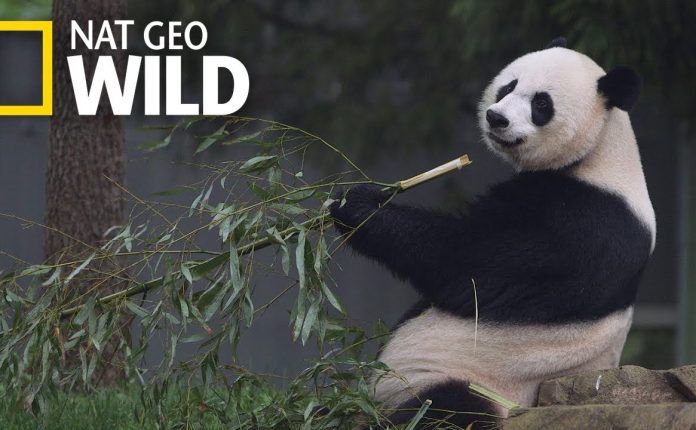Pandas are often seen as adorable and iconic, but biologically, they are surprisingly bad at surviving—at least by nature’s usual standards. One of the biggest reasons is their diet. Pandas are classified as carnivores, yet they eat almost only bamboo, a plant that offers very little nutrition. This means they have to consume up to 40 pounds of bamboo a day just to survive—and even then, they move slowly and sleep a lot to conserve energy.
Reproduction is another challenge. Female pandas are fertile only a few days a year, and even then, they are picky about mates. If they do conceive, they usually give birth to very small, vulnerable cubs—often twins—but usually only raise one.
Pandas also have poor natural defenses and avoid conflict, making them vulnerable in the wild. Combine that with habitat loss and a lack of instinctual survival skills, and it’s no wonder they’ve needed major help from conservation programs to survive. So while pandas are undeniably lovable, they’re almost comically unequipped to thrive on their own—which is part of why people around the world work so hard to protect them.



